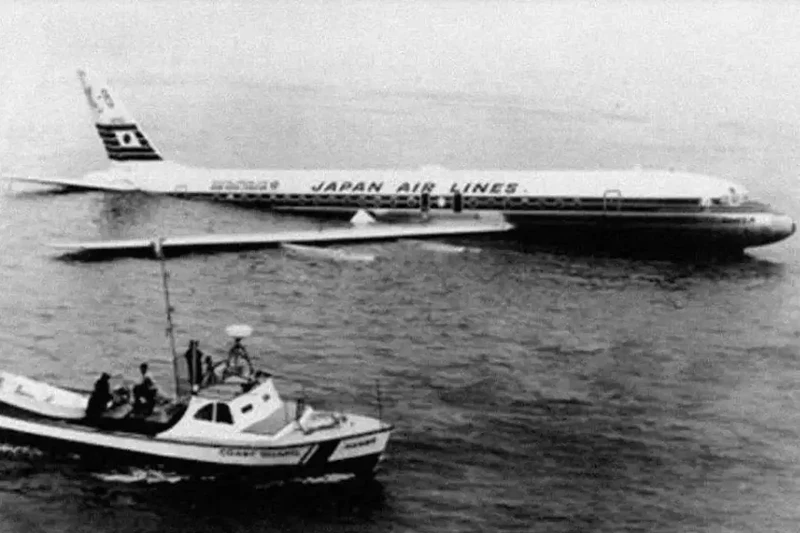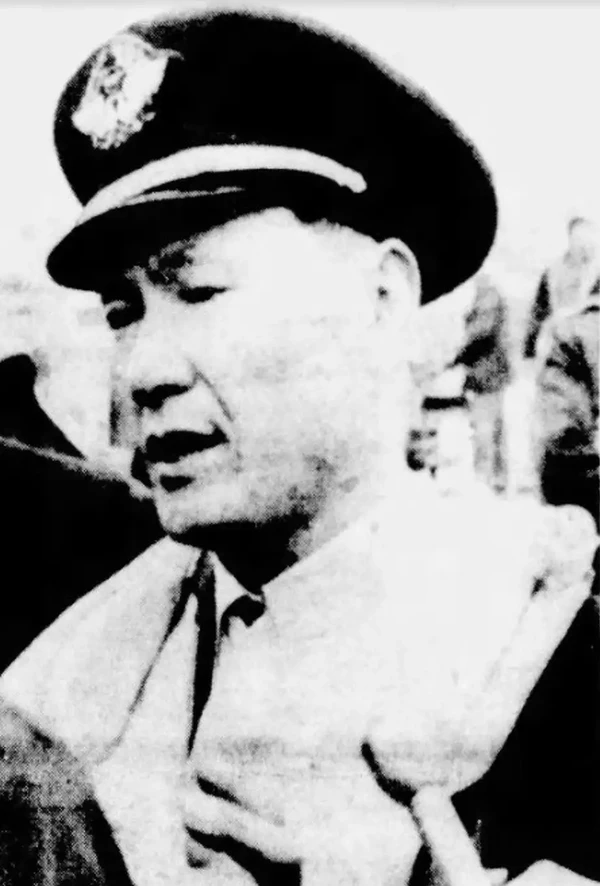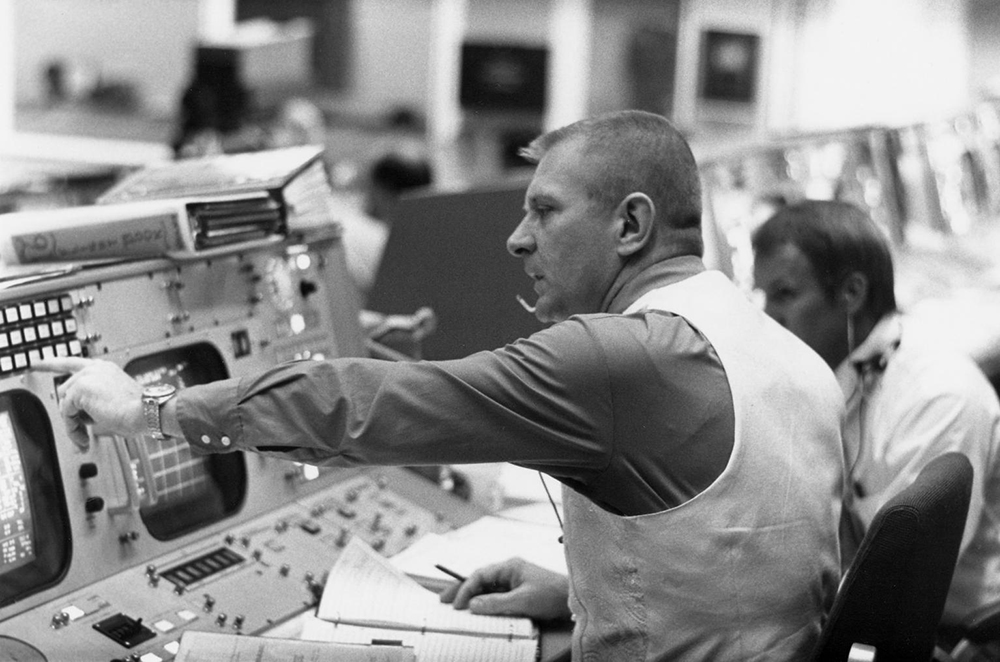GREAT AVIATION QUOTES
They Didn’t Say That
Here are some famous aviation quotes that are not accurate and/or attributed to the wrong person. Remember not everything people tell you is true. That goes double for internet quote sites, most of which are made by bots using scraped data from other pages. And triple for the latest horror of AI-generated lists of quotes. AI is great for stuff like checking PHP SQL code, but it can confidently output hallucinations with mixed-up, mashed-up lines mistakenly presented as fact.

Thankfully, there is also good technology news. Wholesale scanning and digitization of old books and magazines means that finding the original source of a quotation is finally possible. And there are crowdsourced places like Wikipedia talk pages that facilitate sharing of verification data. Anyway, here are some lines from my hand-crafted aviation quote collection that are often misattributed:
When once you have tasted flight, you will forever walk the earth with your eyes turned skyward, for there you have been, and there you will always long to return.
John Secondari
This may be one of the most famous aviation quotes: But it wasn’t Leonardo da Vinci! It’s attributed everywhere to him — including some Smithsonian publications, the Washington Post newspaper, a 2024 National Geographic movie, aviation magazines, t-shirts, and a couple of science quotation books — but he never said or wrote it. It's fakey fake fake.
For the full story on who did, see my August 2020 article in Air Facts magazine The Famous Quote That Da Vinci Never Said.

To invent an airplane is nothing. To build one is something. To fly is everything.
Ferdinand Ferber
Widely misattributed to Otto Lilienthal, to whom it was dedicated. Published in L’Aviation; Ses Debuts son Developpement [Aviation, its debut and devopment], 1908.
Everything that can be invented has been invented.
Falsely attributed to some version of the Commissioner of the U.S. Patent Office
Nope! Many researchers have looked for a real source for this line, as it appears in loads of quote books, often with different dates. None have found anything substantive. An excellent deep dive was done by the Quote Investigator who found lots of versions, like this one from the October 1915 Scientific American” magazine:
“Someone poring over the old files in the United States Patent Office at Washington the other day found a letter written in 1833 that illustrates the limitations of the human imagination.
It was from an old employee of the Patent Office, offering his resignation to the head of the department. His reason was that as everything inventable had been invented the Patent Office would soon be discontinued and there would be no further need of his services or the services of any of his fellow clerks. He, therefore, decided to leave before the blow fell.”
No such letter has ever been found. And while many people doubted the arrival of flying machines, there is no evidance of the Patent Office making this prediction.
The engine is the heart of an aeroplane, but the pilot is its soul.
Sir Walter Alexander Raleigh
This is often misattributed to the wrong Sir Walter Raleigh — the one who popularized tobacco and El Dorado, and was beheaded in 1618 at the Palace of Westminster. He had a full life but it didn’t include flying. Our Sir Walter Raleigh was a poet, professor of English Literature at Oxford university, and wrote the 1922 book The History of the War in the Air 1914-1918. It contains this passage about the Royal Flying Corps:
“The problems presented to them were complicated and novel; they had no safe models to copy, and no ancient tradition to follow. They had to cope patently and resolutely with the most recent of sciences, and, more than that, they had to procure and train a body of men who should transform the timid and gradual scence into a confident and rapid art. The engine is the heart of an aeroplane, but the pilot is its soul. They succeeded so well that at the opening of the battles of the Somme, on the 1st of July 1916, the Royal Flying Corps held the mastery of the air.”

See more Walter Alexander Raleigh aviation quotes.
Optimists invent airplanes; pessimists invent parachutes.
W. H. H. MacKellar
This is often misattbuted to Irish playwright George Bernard Shaw, American Gil Stern, or sometimes English author Gladys Bronwyn Stern. But the Quote Investigator has found the earliest form in the May 1939 issue of The Rotarian credited to W. H. H. MacKellar of Peekskill, New York.
“Optimism laid down the railroad, but pessimism made it practicable with the air brake and the block-signal system. Optimism designed a ship to sail daringly into the skies—and fall perhaps at times. So pessimism designed the parachute.”
Gil Stern cleaned it up in 1967, with the line appearing in several newspapers. And then it bounced into books of quotations.
When everything seems to be going against you, remember that the airplane takes off against the wind, not with it.
Falsely attributed to Henry Ford
It's an updated version of “Kites Rise Against and Not With the Wind. Even a Head Wind Is Better than None” that was not coined by Winston Churchill nor is a Chinese Proverb. The Quote Investigator has a long list of various versions, starting in the 1824 New England Farmer periodical, Boston, Massachusetts poem titled New Year’s Address of the New England Farmer’s Boy To His Patrons:
“A school boy thus, to sport inclin’d,
Must drag his kite against the wind,
A long way ere he makes it rise
TO SCRAPE ACQUAINTANCE WITH THE SKIES!
Everything is unpresedented until it happens for the first time.
Falsely attributed to 'Sully' Sullenberger
Also seen as “There is never any precedent until it happens for the first time”. Many internet quote sites, as well as the 2024 book Crisis-Ready Teams and 2023 book Toolkit for Turbulence, cite this as a Chesley "Sully" Sullenberger III line from his 9 June 2009 testimony to the NTSB investigation of the 'Miracle on the Hudson'. But the line does not appear anywhere in the official transcript. At all. It also isn’t in his 2009 book Highest Duty: My Search for What Really Matters.
However, it does appear in the script of the 2016 movie Sully, written by Todd Komarnicki, being said by Sully, played by Tom Hanks.
The movie does a fantastic job showing what it’s like to fly an A320. And with over 14,000 hours in Airbus cockpits, I sorta know what it looks and feels like! But the film waved goodbye to reality when it came to the NTSB investigation. Good drama yes, but all fakey fake invented conflict Hollywood movie magic.
The actual NTSB hearing did include testimony from Dr. Richard Dolbeer, U.S. Dept. of Agriculture expert on human-wildlife conflicts:
“So while, you know, double ingestion such as happened in the US Airways incident are not common, they certainly have occurred with some regularity, as we've documented in the database and of course, we know the database does not capture all of the strikes that occur in the United States, so it provides -- but it does provide insight into what's going on and I think it's important to recognize, given the large bird population increases and the flocking behavior of those, that these double engine ingestions are a real event that happens.”
See more Sully Sullenberger aviation quotes.
As you Americans say, Asoh fuck up!
Falsely attributed to Captain Kohei Asoh
On 22 November 1968 Captain Asoh was in command of Japan Air Lines Flight 2, A DC-8 flying from Tokyo to San Francisco that made an inadvertent water landing a couple of miles short of the runway. All 107 people on board survived the accident without any injuries, and after being repaired, the aircraft continued in airline service.
The NTSB final report AAR-70-02 found:
“The probable cause of this accident was the improper application of the prescribed procedures to execute an automatic-coupled ILS approach. This deviation from the prescribed procedures was, in part, due to a lack of familiarization and infrequent operation of the installed flight director and autopilot system.”
Captain Asoh was cooperative in the investigation, and accepted responsibility for what seems like training issues with the new jet. He continued to fly for Japan Air Lines. The 1988 book The Abilene Paradox and Other Meditations on Management by Jerry Harvey, a professor of management science at The George Washington University, debuted the captain's supposed line to the NTSB that allegedly both started and immediately ended the public investigation. It became a popular defense following human error. It is often quoted as fact.
But in the original book, Harvey wrote:
“Since my neighbor first told me the story, I have scoured news-papers, talked with three of the persons who investigated the accident for the National Transportation Safety Board, spoken with a representative of Japan Air Lines, and read the Aircraft Accident Report. One of the NTSB investigators that I interviewed said, “Although I didn't hear him say those exact words, one might argue they in effect capture the essence of what he said,” and another NTSB investigator indicated that profanity is frequently censored from the final NTSB public reports, but I found no direct evidence that the captain had described his role in the accident so colorfully.
Without such definitive verification, I have concluded that the story's memorable conclusion is clearly apocryphal.”
Failure is not an option.
Attributed to Gene Kranz
In the 1995 movie Apollo 13, this line is spoken by legendary NASA Flight Director Gene Kranz, played by Ed Harris, but there is no evidence that Kranz ever said it before the movie's release.
However, Gene later used it as the title of his 2000 book, Failure Is Not an Option: Mission Control from Mercury to Apollo 13 and Beyond. In the book, he described it as “a creed that we all lived by” (page 12) and wrote, “Failure does not exist in the lexicon of a flight controller. The universal characteristic of a controller is that he will never give up until he has an answer or another option” (page 307). Kranz uses the phrase multiple times throughout the book but never directly claims it as his own or that it was ever formally articulated as it is known today.
Jerry C. Bostick, the Flight Dynamics Officer (FDO) for Apollo 13, wrote that screenwriters Al Reinart and Bill Broyles interviewed him about the atmosphere in Mission Control. He recalled the conversation:
One of their questions was, “Weren’t there times when everybody, or at least a few people, just panicked?” My answer was, “No. When bad things happened, we just calmly laid out all the options, and failure was not one of them. We never panicked, and we never gave up on finding a solution.”
Bostick noted that Bill Broyles seemed eager to leave, and only months later did he learn why. When the screenwriters got in their car, Broyles reportedly exclaimed, “That's it! That’s the tagline for the whole movie—‘Failure is not an option.’ Now we just have to figure out who to have say it.” Of course, they gave the line to the Kranz character, and the rest is history. The phrase certainly captures the ‘human factors’ mindset of NASA Mission Control in the 1960s. However, it was created for a movie, condensed from real-life attitudes rather than being a direct historical quote. 
See more Gene Kranz aviation quotes.
In flying, the probability of survival is inversely proportional to the angle of arrival.
Falsely attributed to Neil Armstrong
Listed in many online quote sites, but I’ve never found a source or citation.
When I meet God, I’m going to ask him two questions: why relativity? And why turbulence? I really believe he’ll have an answer for the first.
Attributed to Werner Heisenberg
The line is sometimes quoted, and sometimes said to be probably allegorical, and sometimes the great physicist is alleged to have said it on his deathbed! It's been seen in journals like Nature, Scientific American, and in several textbooks. But nowhere is a real solid citation found.
A similar witticism has been attributed to Horace Lamb in a 1932 speech to the British Association for the Advancement of Science:
“I am an old man now, and when I die and go to heaven there are two matters on which I hope for enlightenment. One is quantum electrodynamics, and the other is the turbulent motion of fluids. And about the former I am rather more optimistic.”

There are many more unattributed lines in the Clichés section. And lots of ‘real’ quotes in the Magic & Wonder of Flight and Piloting pages. Or try a search of the whole collection: